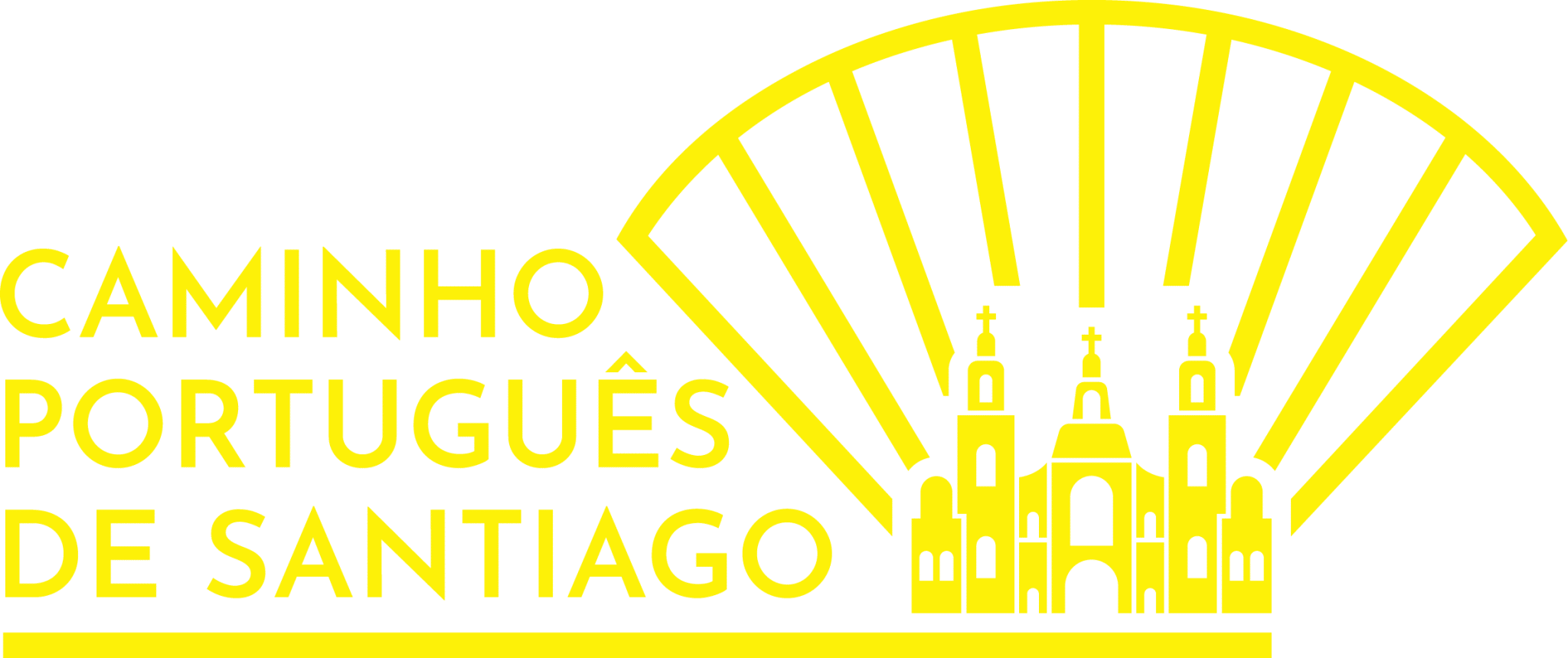

Subscribe to our Newsletter and receive the free Camino de Santiago Checklist to prepare you for the adventure of a lifetime!
The Vilanova de Arousa - Padrón stage begins on the water: you board the Traslatio and follow the estuary and the Ulla, following the maritime-fluvial Via Crucis marked by stone crosses. From the deck you can see the Church of San Miguel de Catoira and the Towers of the West, sentinels of another era that give this crossing a historical tone that is rare on the Way.
Landing in Pontecesures returns you to terra firma: you cross the "Roman" bridge to regain your rhythm and, in just a few kilometers, you enter Padrón. The stage ends at the Church of St. James the Apostle, where the pedron that, according to tradition, moored the apostle's boat is kept. It's a serene end to the maritime chapter and the perfect antechamber to the final journey to Santiago.
The last stage begins in a unique way: by sea. The crossing by boat follows the legendary route of the Traslatio - the journey that, according to tradition, brought the remains of the apostle Santiago from Jerusalem to Iria Flavia. It is a symbolic and special moment on the Camino, where pilgrims describe feeling "a shiver of living history" as they navigate the only maritime river section of the entire Camino de Santiago. Along the way, in addition to the landscape of the Ría de Arousa, there are stone crosses that mark the route of the Traslatio, also known as the maritime-fluvial Via Crucis.
As you sail along, the small Church of San Miguel de Catoira, located near the shore, comes into view. It's a striking landmark, a reminder of the historical importance of this strategic area at the entrance to the Ulla.
Soon after, the ruins of the Torres de Oeste, an ancient defensive fortification against Viking invasions, come into view. From the boat you can admire the walls and imagine the time when they protected the estuary. Many pilgrims describe this as one of the most memorable moments of the Traslatio, due to its historical significance and the scenic setting.
When the boat trip ends in Pontecesures, the Way resumes on foot. Crossing the Roman bridge that connects Pontecesures to Padrón means re-entering the overland route, following in the footsteps of centuries of pilgrims. The bridge, refurbished in medieval times, retains the path that joins the two banks of the Ulla.
The destination of the stage is Padrón, where tradition places the apostle's first preaching in the Iberian Peninsula and the place where the boat with his body was tied to a "pedrón" (a large stone still kept in the church today). The Church of Santiago de Padrón houses this symbol and marks the direct link between the Traslatio and the arrival of the pilgrims. The town, lively and with a strong Jacobean atmosphere, is the perfect place to rest before the final stretch to Santiago de Compostela.
